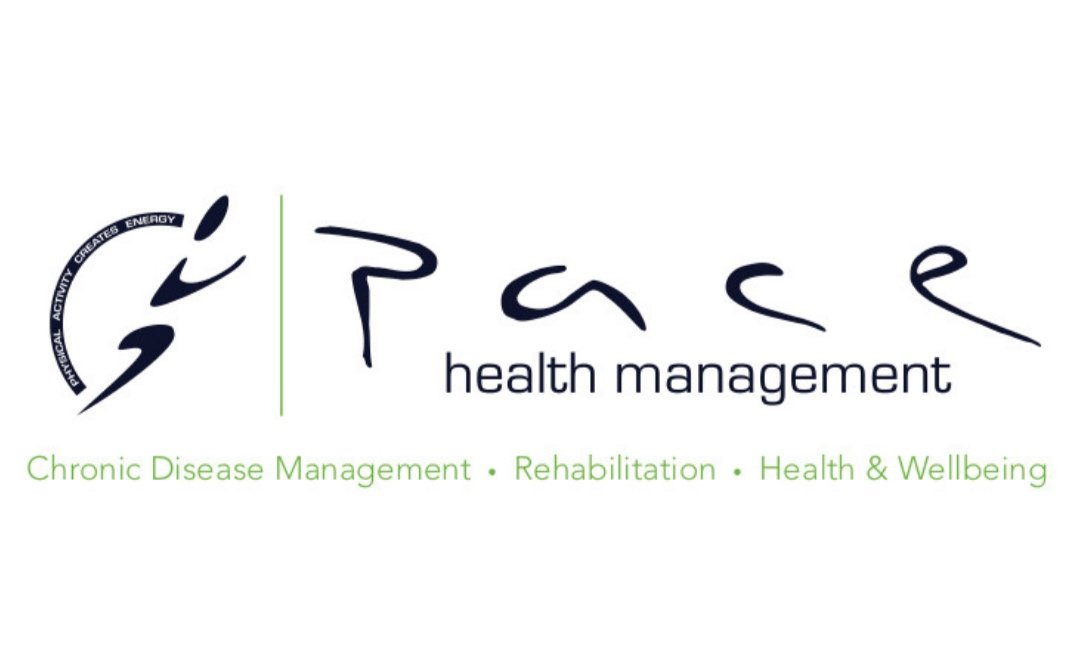Why we should move when pregnant!
Physical activity benefits for the new mum-to-be also means benefit for the baby!
Each stage of pregnancy means an increase in weight and a greater change to the body, so why wouldn't you want to be the best version of you and provide a physically strong and physiologically healthy body for your unborn baby to grow in?
There are many benefits for exercise during pregnancy, the following are just some of the outcomes that can be achieved:
1. Exercise has the ability to reduce the risk of gestational obesity and diabetes.
2. Reduction in the risk of pregnancy-induced hypertension and pre-eclampsia
3. Prevents and relieves musculoskeletal back and pelvic pain.
4. Maintaining cardiovascular fitness and physical conditioning required for labour as well as the lifestyle of being a new mum.
5. Increase in mental health such as self esteem, body image and motivation levels.
6. Has the ability to promotes faster recovery from labour and birth
However the exercise must be appropriate for the trimester of pregnancy that you're in. So, what should you consider regarding duration, intensity, frequency and type for your exercise?
If the pregnancy has had no complications a recommended 30 minutes or more of moderate exercise on most days can be completed.
Submaximal resistance based training is safe, however avoid lifting anything too heavy and be cautious of your foot positioning. This is because lifting can place an increased amount of pressure onto the pelvic floor and any lax joints. This form of training can also increase your blood pressure so it is important to keep intensity on the lower side.
Often a seated or incline position can be completed during this exercise for additional support on posture during the later months. This should especially be considered after 16 weeks of pregnancy, it is not recommended to obtain a position where you are lying flat on your back.
Ensure to include abdominal stability, pelvic floor strength and labour-specific exercises into the program. Be mindful if diastasis recti (separation of the abdomen) develops, if it does your program may need to be altered and supervised by an exercise physiologist.
Be cautious when completing stretching and mobility exercises as joints alter and become lax. Stretching should be slow, and within a comfortable range-of-movement.
And of course continue with regular aerobic based exercises- that’s your cardio! You want to get your heart rate up but still be able to have a conversation. Go for a walk, swim, jog- if this was something you did prior to pregnancy, light aerobics- the options are endless!
Just keep in mind that during pregnancy certain hormones are released causing the ligaments and joints to become relaxed- therefore you may be at risk of injury with any high impact, bouncy movements.
If you’d like to talk to the team about safe and effective exercise during pregnancy - get in touch with the team today!
